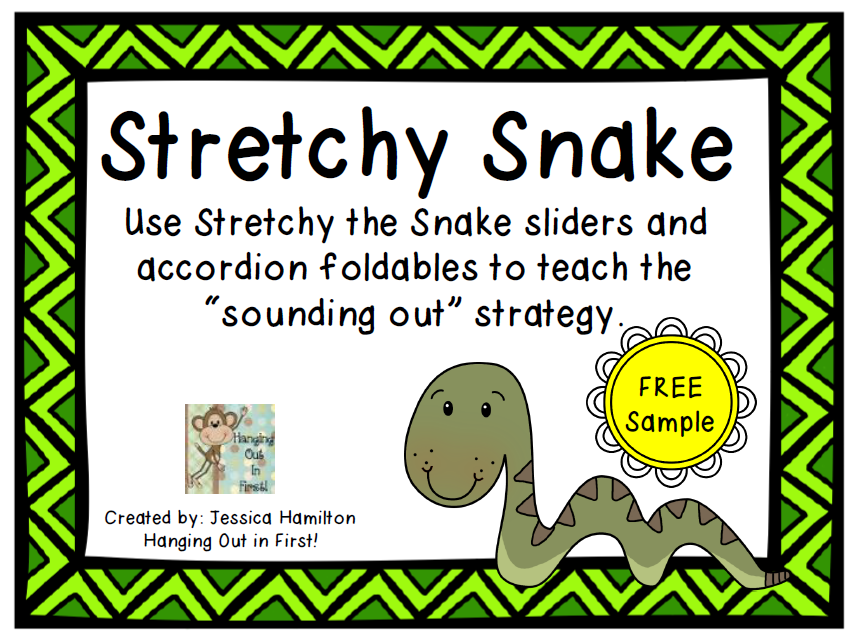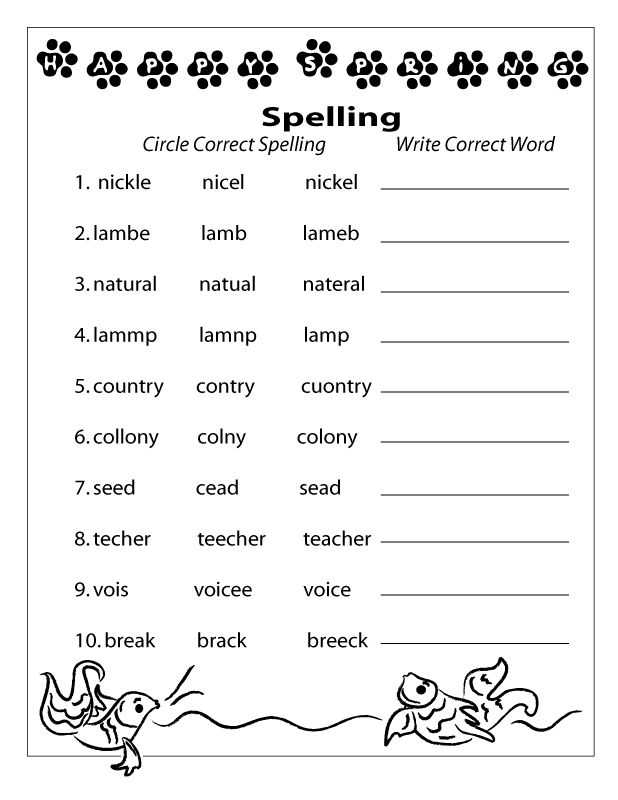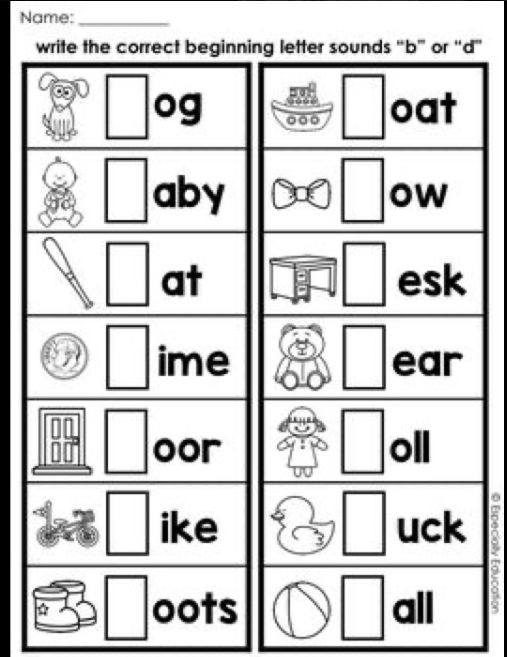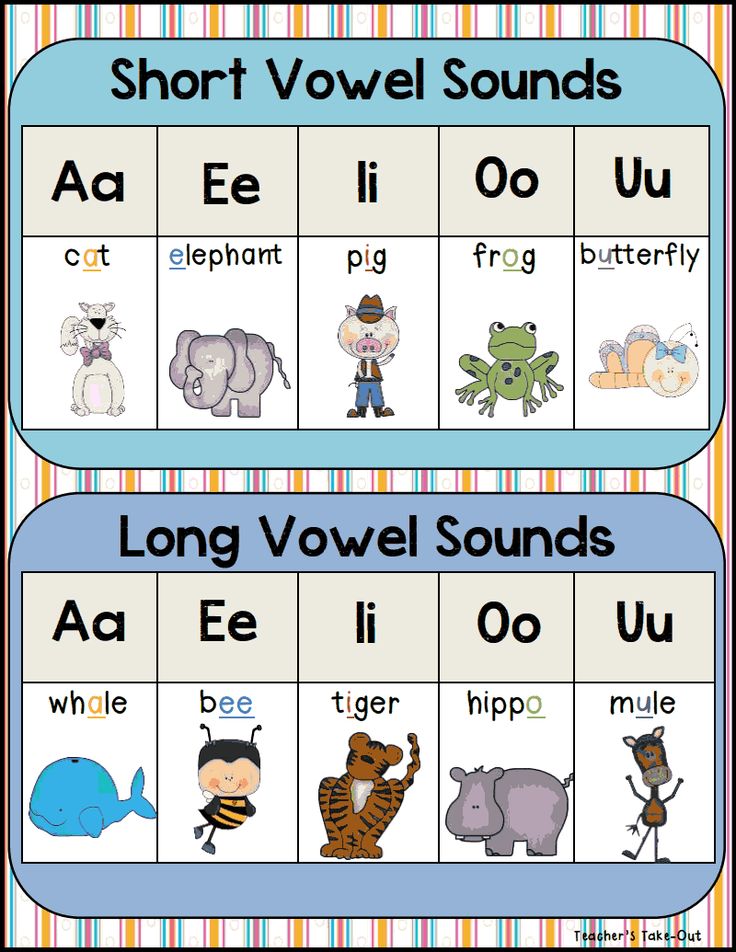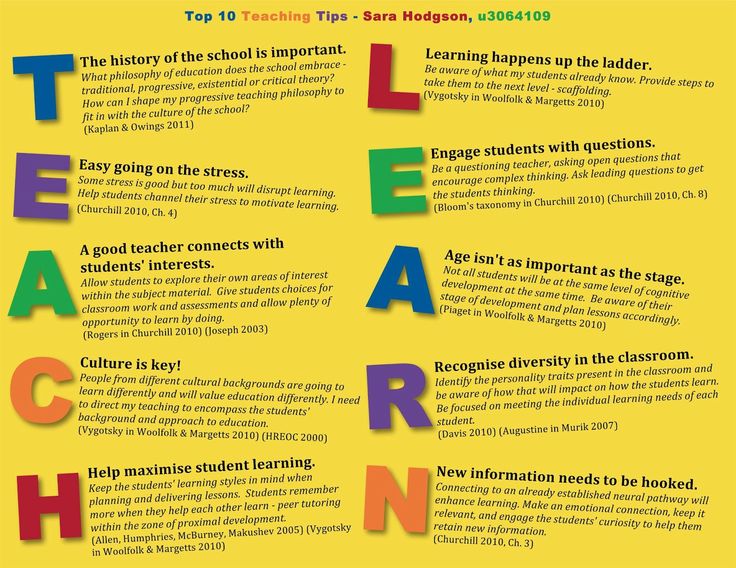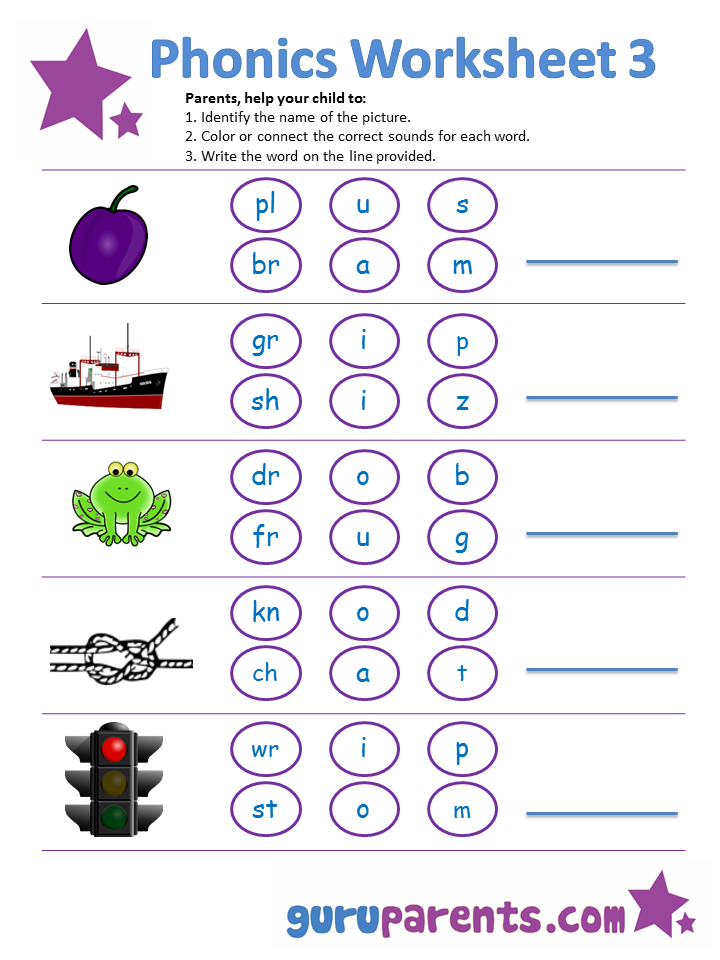Sounding out words strategies
Helping Kids Sound out Words
I often receive emails asking how to help kids learn to sound out words. Many times, it’s because kids struggle to blend together the sounds in the word. For example, they may sound out the individual sounds in a word, like /l/ – /o/ – /g/ and then say something like, bat. Ugh. And this can be very frustrating for the adult and the child.
What can be done to help kids learn how to sound out words? Before we decide to beat our head against a wall, let’s explore some ideas together!
Before I get too far, I want to share just three warnings, if you please.
1. First and foremost, you want to make sure your child is developmentally ready to sound out words. This is key. If kids aren’t developmentally ready, sounding out words will be nothing but frustrating for your child and for you. I have a post called How You Know Your Child is Ready to Read and The Measured Mom also has a great list of ways to know when your child is even ready to sound out words.
2. Secondly, sounding out words isn’t the end-all-be-all for figuring out words. As kids progress in their word knowledge, we want them to use other strategies. Also, some words are not so easy to sound out and we’ll address those in a minute. But for the purpose of this article, we’re going to zone in on sounding out words.
3. Thirdly, sometimes you can try every trick in the book and your child still struggles to sound out words. Take a deep breath. Keep modeling. Keep playing with sounds. Keep teaching with a multi-sensory approach. Some children really struggle with sounding out words. Be patient and don’t compare your child to another child.
Helping Kids Sound Out Words
When your child/student struggles to sound out words, here are some tips to try. Remember to keep in your mind my three warnings mentioned above. If you haven’t read them, go back and do it!
1. Play with sounds in words.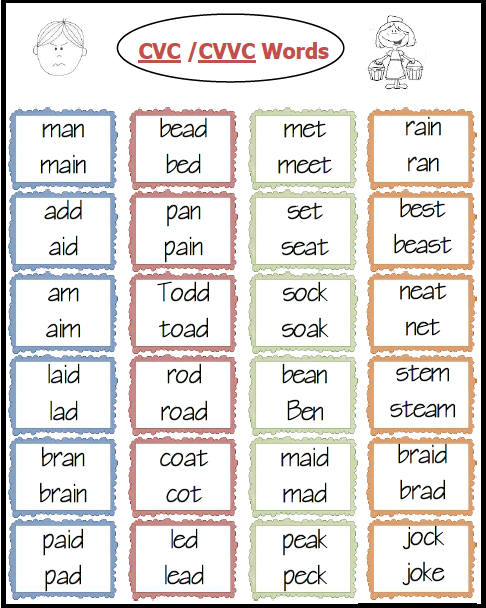 Even though kids may know their letter sounds, seeing the letters in print and attempting to make and blend the sounds all at the same time blows their mind. It can help to take a step back and remove the actual letters and just play with sounds, specifically blending sounds.
Even though kids may know their letter sounds, seeing the letters in print and attempting to make and blend the sounds all at the same time blows their mind. It can help to take a step back and remove the actual letters and just play with sounds, specifically blending sounds.
In my 7-day reading series, 3 Important Skills Needed for Reading, I address specifically how to do this by playing with rhyming words, playing with syllables, and playing with phonemes {the individual sounds in words.} For our purposes, phonemic blending and phonemic segmenting will be the most helpful for readers who are struggling to sound out words.
2. Get kids writing and spelling. As I mention in my post on invented spelling and in Teaching Kids to Spell, allowing kids to “sound out” their spellings can actually increase their awareness of sounds words.
For example, if your child wants to write the word hat, help her listen for each sound in the word by stretching the word out.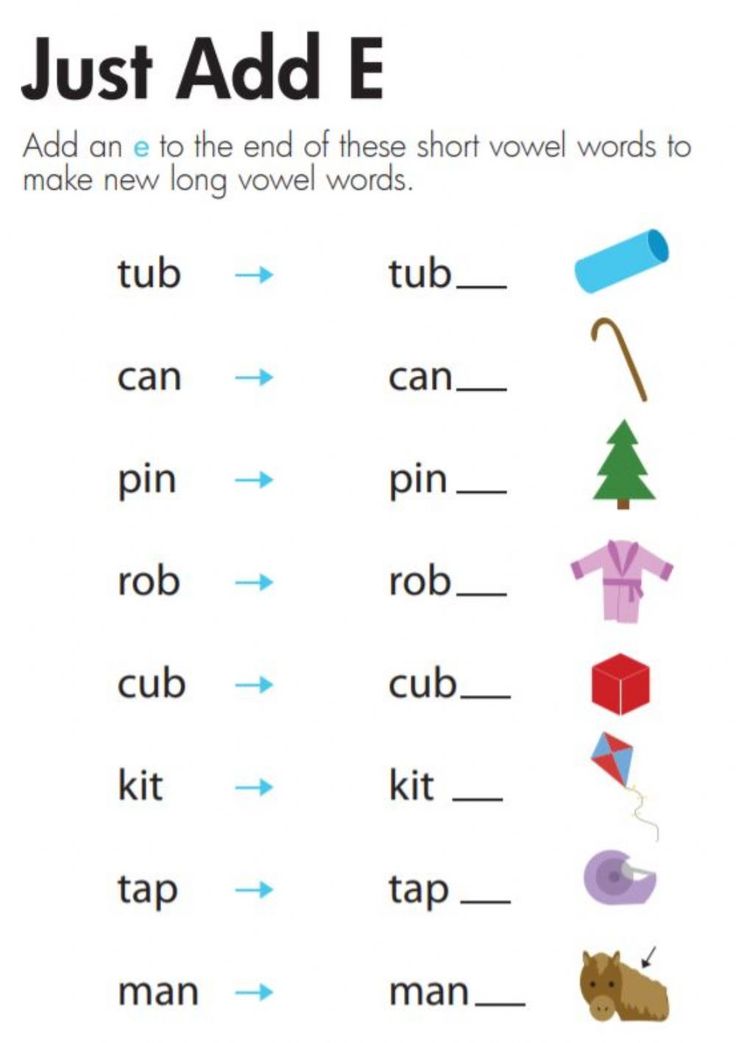 {This is called phonemic segmentation.} Then, after the word has been spelled, ask your child to read the word by blending the sounds back together again {phonemic blending.}
{This is called phonemic segmentation.} Then, after the word has been spelled, ask your child to read the word by blending the sounds back together again {phonemic blending.}
“I love you,” spelled independently by my 4 year old.
So often parents feel that kids shouldn’t spell words until they can spell the word correctly {as taught in some curricula}, but allowing kids to spell by sound can boost kids’ awareness of sounds in words which, in turn, can actually help them become better readers! {You can also read more about this in our 10 week Preschool and Kindergarten Writing Series.}
3. Start with sounds that can be prolonged. Letters don’t all make the same kinds of sounds. In other words, not all letter sounds were created equal {read more about letter sounds here}. Some letters are harder to blend than others. For example, trying stretching out the word pat (p–a–t). Now try stretching out mat (m–a–t). Can you hear how it could be easier to blend together mat than pat?
This is because letter sounds from letters like m, f, h, r, n, s, z and vowels can be stretched or prolonged, making it easier to blend them together. In other words, there’s no break of sound in between them. On the other hand, the letter sounds of c, d, t, and p do not continue their sounds. Try a few sounding out exercises with your child using real and/or silly words with these prolonged sounds like Sam, fan, zom, or nis. Say them slowly at first, then each time you sound them out, say the sounds closer and closer together.
In other words, there’s no break of sound in between them. On the other hand, the letter sounds of c, d, t, and p do not continue their sounds. Try a few sounding out exercises with your child using real and/or silly words with these prolonged sounds like Sam, fan, zom, or nis. Say them slowly at first, then each time you sound them out, say the sounds closer and closer together.
4. Use word families. Blending together two sounds can be much easier for some young readers than trying to blend together three sounds. We typically teach sounding out as three separate sounds {t-o-p}, but many readers will find blending together easier if we teach it like t-op, as explained in my word family post.
One of my favorite activities for young readers is to focus on ONE word family, such as -at. Help kids see how adding different sounds to the beginning of -at can make new words by letting them manipulate the letters.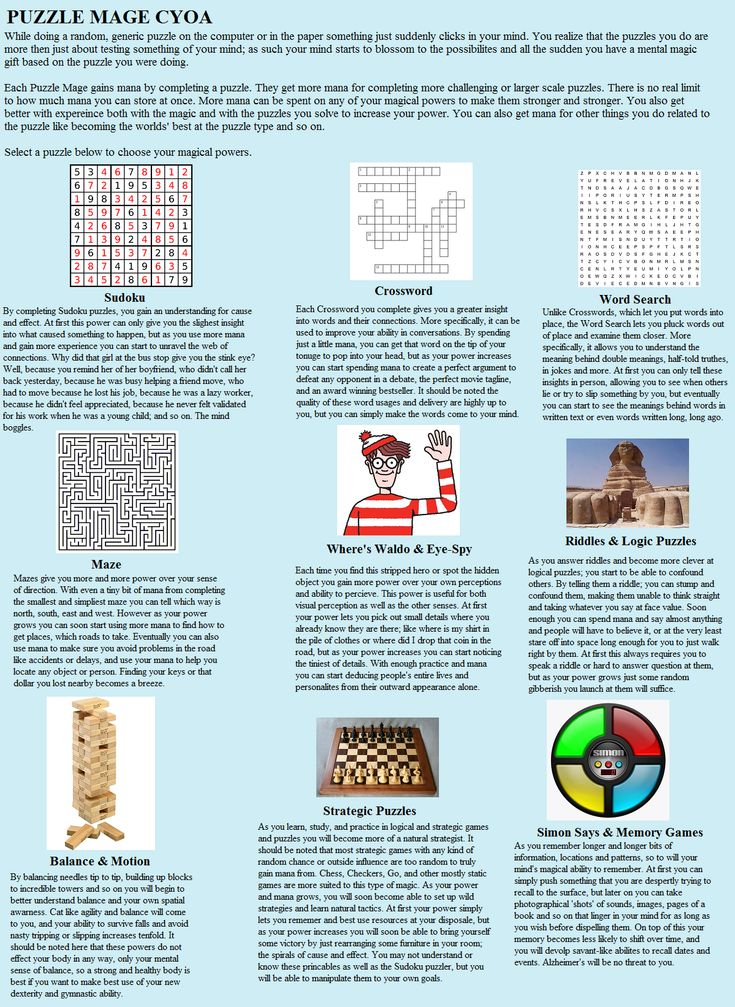
To see a few ideas, check out our –at post from Reading the Alphabet. You can also find more hands-on manipulatives for word families with our Flip-a-Word activity and our Dr. Seuss word family hats.
5. Not all words can or should be “sounded out.” I am referring mostly to sight words. And while I do believe that MOST sight words DO follow phonics “rules” and that learners can sound out sight words, learners may not be developmentally ready for all the “rules” that are needed to sound out some of the basic sight words.
For example, the word away is a sight word taught early to young readers because it appears frequently in the books they read. Away follows the schwa rule for unaccented syllables and the -ay long a pattern. Are Kindergartners ready to learn all the rules to help them sound out away? Probably not.
Instead of trying to cram a bunch of rules into their brains {and most of our frequently used “rules” are broken more than followed} to help them sound out these words, some words just need to be learned by sight.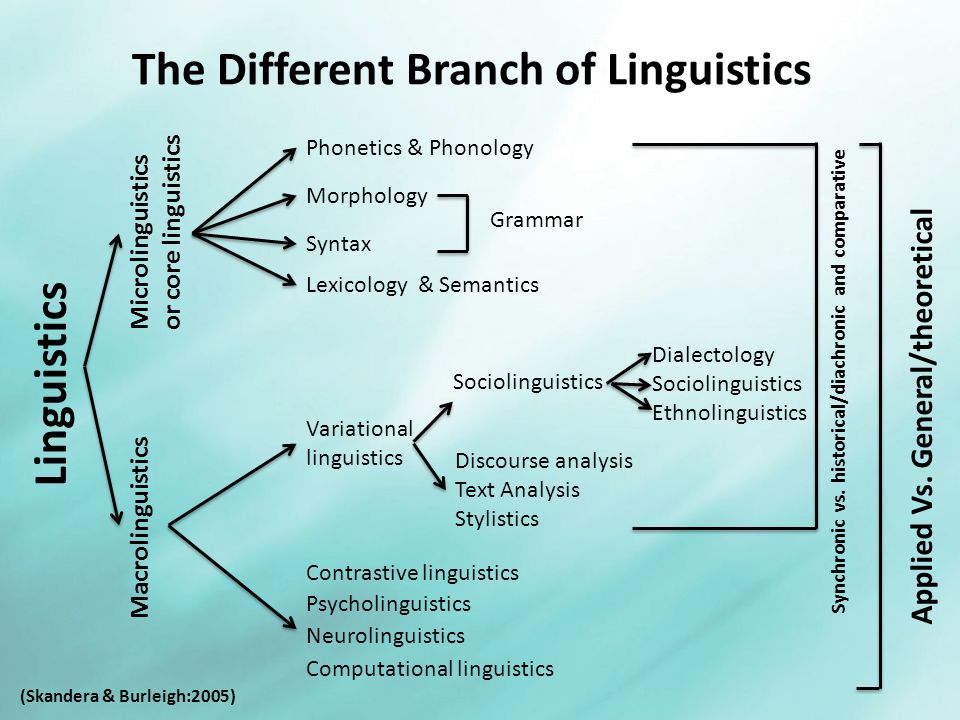
More Tips and Activities for Readers:
Short Vowel Folable Sound it Out Strips
1-2-3 Flip It for CVC Words
Enjoy teaching!
~Becky
Want MORE Free Teaching Resources?
Join thousands of other subscribers to get hands-on activities and printables delivered right to your inbox!
How To Help Kids Sound Out Words: Expert Tips And Ideas
It can take some time for kids to learn how to sound out words. Since this is a crucial part of reading fluently, you probably want to know how you can help. Are there any special exercises you can do at home to assist your child?
Of course there are! And we’ve compiled this detailed guide to help you get started.
What Does It Mean To “Sound Out Words”?
It’s hard to imagine it now, but once upon a time, none of us could read. The alphabet, lower and uppercase letters, and the spaces between words were all confusing.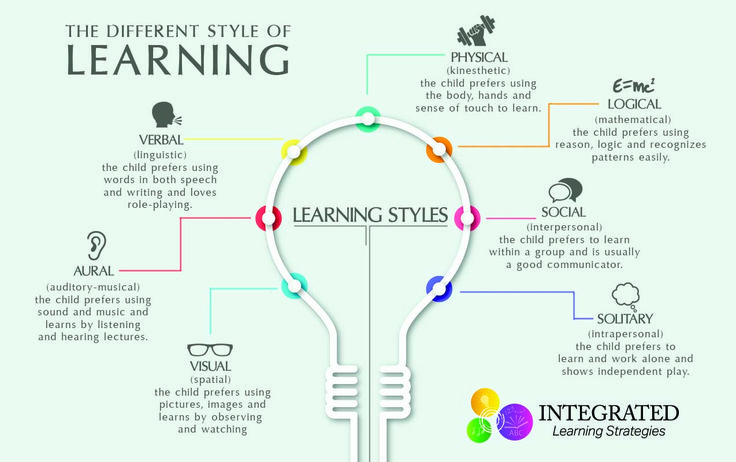 But through time and practice, here we are today.
But through time and practice, here we are today.
While many components helped us become fluent readers, learning how to sound out words was one of the game-changers.
In a nutshell, sounding out words means applying knowledge of letter-sound relationships in order to pronounce words properly.
When children learn this essential literacy skill, they will be able to say each sound in a word slowly and then quickly again. They will also understand how to blend the different sounds in a word together without much effort.
Eventually, kids internalize the process of sounding out words. To illustrate what we’re talking about, here’s a little challenge: Try to pronounce “splaf.”
You probably didn’t have to think too hard to pronounce this, even though it’s a nonsensical word. You were able to figure out the pronunciation almost immediately because the process of sounding out words has been so internalized.
At this stage of your life, sounding out happens automatically without thinking.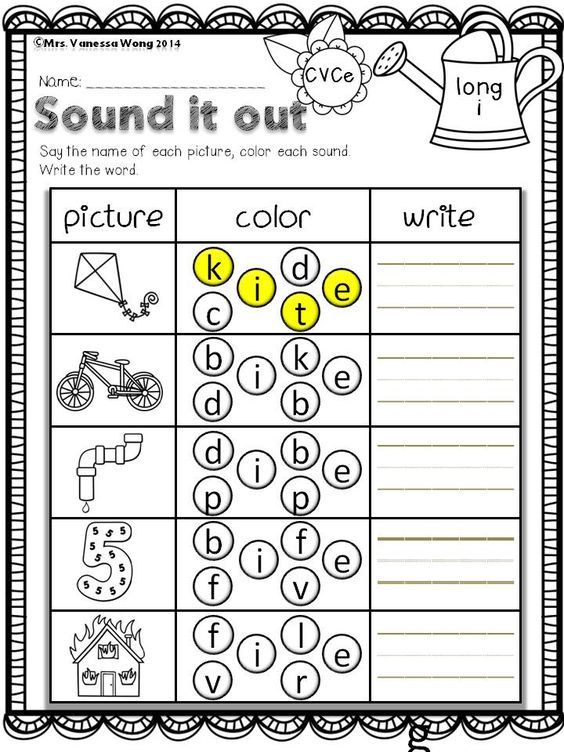 Of course, you didn’t become an expert at sounding out words overnight, and neither will your child. But with time and practice, your young learner can also get there!
Of course, you didn’t become an expert at sounding out words overnight, and neither will your child. But with time and practice, your young learner can also get there!
Why It Matters
Sounding out words helps kids learn about how to blend sounds, which can help improve their overall reading skills.
Additionally, we know that when children have strong abilities in sounding out words, they are less prone to stumble as books become harder, even when books incorporate vocabulary that they have never seen or heard before.
This can especially be seen during the “fourth-grade slump.” Throughout the first few years at school, most kids can read the material well enough to get by. But around fourth grade, children who haven’t grasped some of the basic word recognition and decoding skills may lag behind.
Helping your child learn how to sound out words early can give them the confidence they need when faced with complicated and unfamiliar text both now and later in their learning journey.
Is Your Child Ready To Sound Out Words?
If your child isn’t developmentally ready to sound out words, forcing it on them can be both frustrating and futile for you and your child.
Here are a few things to watch for to help you determine whether or not your child is ready to start sounding out words:
- Knowledge of the alphabet
- They can play with sounds in words
- Print awareness
- Phonological and phonemic awareness
- They are interested in learning to read
For more information about knowing when to start helping your child learn to read, take a look at our article Reading Readiness: Top Skills For Kids To Master.
How To Help Your Child Sound Out Words
If you feel your child is ready to learn how to sound out words, here are some ways to get started at home.
1) Help Them Identify The Phonemes
A phoneme is the smallest possible unit of sound in a language. For example, the word “cat” has three different phonemes — “c,” “a,” and “t.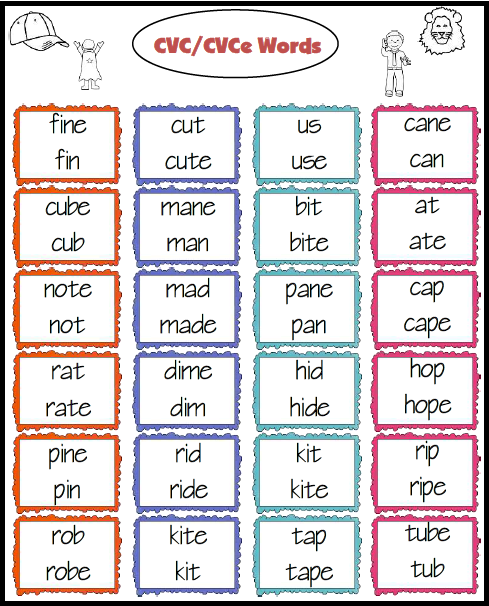 ” Phonemic awareness is the ability to identify and manipulate these sounds.
” Phonemic awareness is the ability to identify and manipulate these sounds.
Understandably, it’s challenging for a child who doesn’t understand phonemes to pronounce words correctly.
While reading together regularly gives you a great opportunity to help your child recognize and become familiar with different phonemes, you can also create activities to make things more exciting and help your young learner become more engaged with the content.
Activity Idea: From Sense To Nonsense
Choose a familiar book or nursery rhyme and ask your child to close their eyes as you read the story to them. This will help them focus on what they’re hearing.
As you read, occasionally change the words, word order, or wording. Your child will try to identify these changes, and when they manage to, ask them to explain what they think was wrong.
Here are some examples of how to make subtle changes to words to help your child with their phonemes:
- Mary had a little land
- Twinkle, twinkle, little far
- The wheels on the bus go mound and mound
- Baa baa black sleep have you any wool?
Your child will get a kick out of these little “mistakes” and have fun correcting you!
2) Read Aloud
As a parent, you probably already know the importance of early childhood reading and the great impact it can have on your child as they enter school and later in life. That’s why it’s essential to set aside some regular reading time with your young learner.
That’s why it’s essential to set aside some regular reading time with your young learner.
While reading, focus on reading slowly and aloud as you pan your finger on each word.
This exercise can help them associate printed letters and their combinations with the individual sounds they make. It will also help them realize that the spoken words we use can be found in print.
3) Demonstrate How To Blend Different Sounds
The ability to blend different sounds in words is essentially how we can read fluently. It helps us smoothly connect the individual sounds in a word as we read.
For example, the individual sounds in “maybe” are m/a/y/b/e. However, because of blending, you can sound out the word as /maaybee/ without even thinking about it.
Here are a couple of activities that can help your child blend different sounds.
Activity: Robot Talk
Robot talk can help a child segment the different sounds of a word. After “robot talking” a word, they can then say the word faster or more fluently.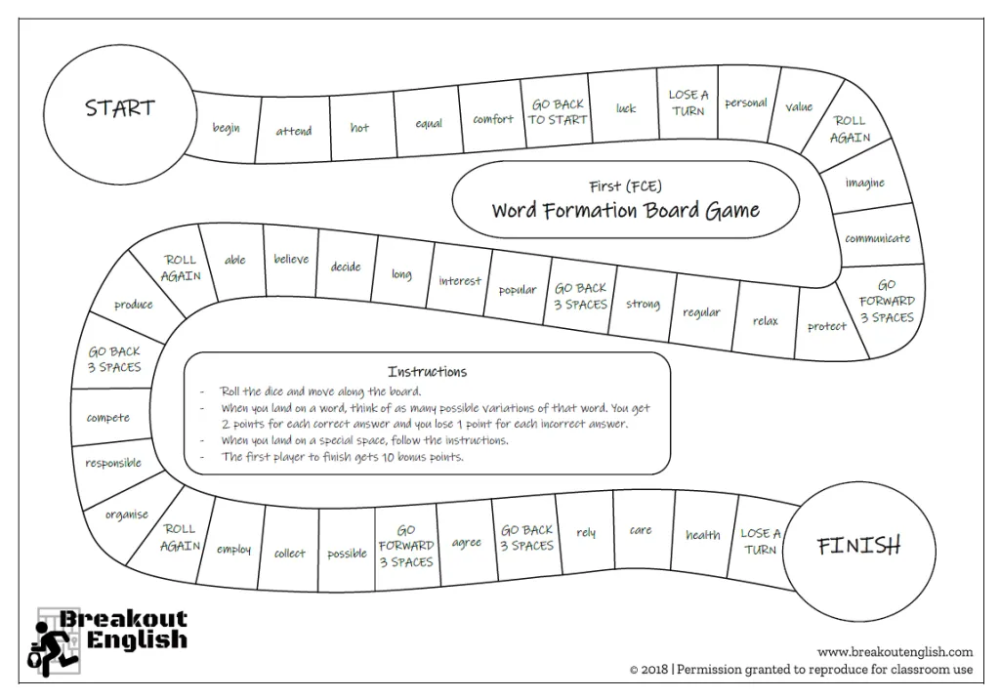
Robot talk is exactly as it sounds: speaking in shorty, choppy sentences like a robot!
Activity: Guess The Word
All you need to get started with this fun activity is some picture cards of objects or items your child is familiar with (e.g., sun, moon, stars, trees, ball, etc.)
Place the picture cards in front of your child and tell them that you’re going to say a word out slowly and they will need to identify which card matches the word you’ve just said. For example, /ssstaarrsss/.
Playing this game is another way of helping your child recognize the individual sounds in words, a key component of learning how to sound out words.
4) Encourage Reading And Writing
You don’t have to wait until your child is a perfect speller to let them start writing. Any practice they get can help boost their awareness of sounds that are in words and, in turn, improve their writing awareness.
Activity: Sound Out The Written Word
If your child is learning how to spell mat, start by stretching the word out so they can hear each sound (m/a/t). After spelling the word, have your child read the word back to you at a normal pace (blending sounds).
After spelling the word, have your child read the word back to you at a normal pace (blending sounds).
This activity can help improve not only your child’s blending skills but also their spelling. Make it a bit more fun by letting them write each letter in a different color.
5) Play “I Spy” With The Alphabet
Letters are all around us. We might overlook this fun fact, but a child who’s learning the alphabet will find joy in noticing it. Now’s a great time to play “I Spy” — with a little twist, of course!
Play I Spy (driving to school, walking to the park, etc.) to find letters in the world around them. When your child finds a letter, encourage them to say it and the sound it makes out loud.
Take It One Sound At A Time
There is no magic wand that can help your young learner sound out words overnight. But we believe that with a little practice and lots of encouragement, your child will be a word-sounding-out pro in no time!
While on this literacy journey, remember to continue reading regularly, and when they finally get it, embrace those moments (no matter how small) to help keep them motivated.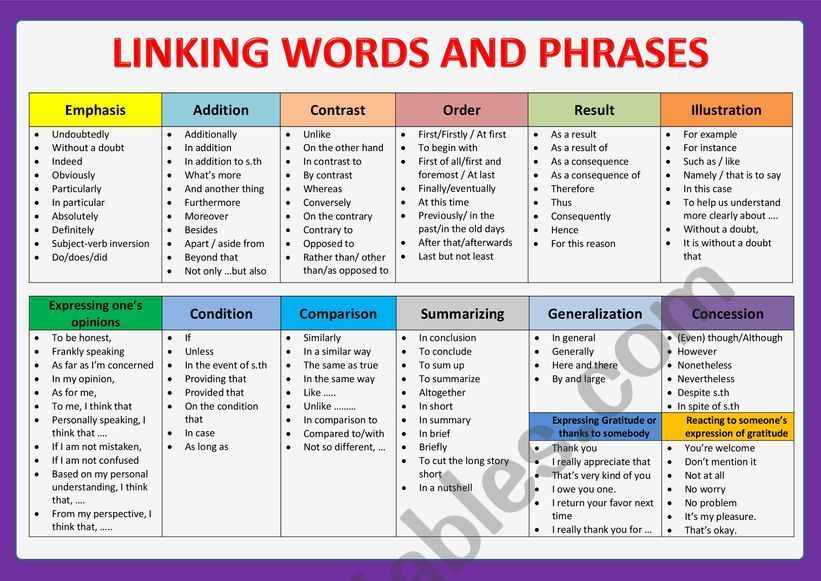
For more fun activities to try at home with your emerging reader, check out the HOMER Learn & Grow App!
Author
How to improve your ability to understand the text you read?
06.02.14
Strategies for autists, parents and teachers to overcome difficulties with reading
Source: Autism after 16
Many people can read, but after reading it is difficult for them to remember, about what they read. There may be several reasons for this. It is possible that a person puts so much effort into voicing words (out loud or to himself) that they lose their meaning. In other cases, the topic is so uninteresting that it is difficult to focus on the information in the text. Many children and adults with autism spectrum disorders have severe reading comprehension difficulties, even if they have no problems with reading as such.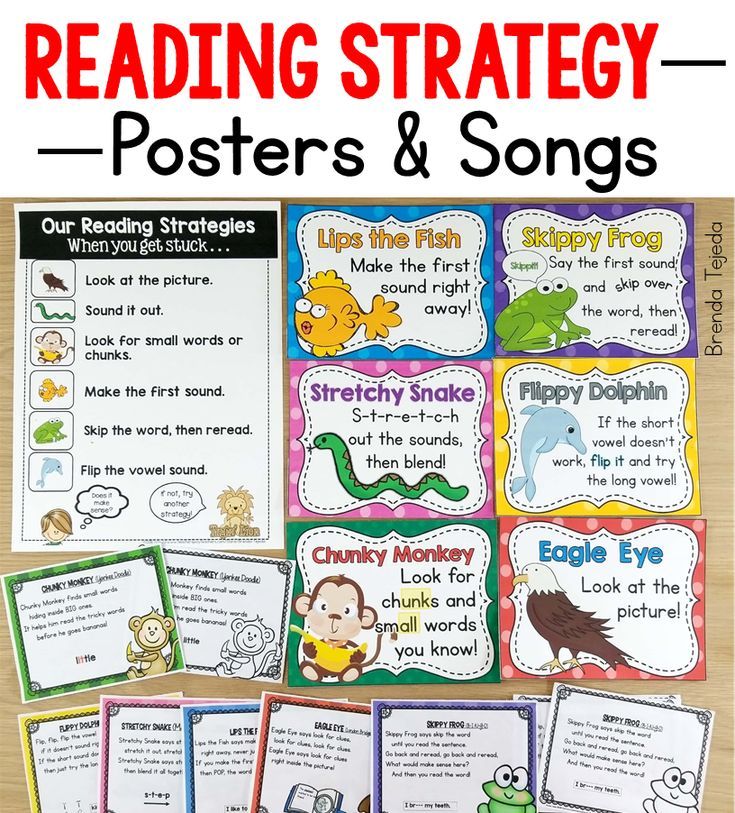 This can make it very difficult to study at school even for children without intellectual disabilities, especially in high school, when the requirements for reading and understanding large amounts of text increase significantly, and texts become more complex. The following are strategies for improving text comprehension that adults with autism spectrum disorders and parents and educators of children with ASD can use. nine0003
This can make it very difficult to study at school even for children without intellectual disabilities, especially in high school, when the requirements for reading and understanding large amounts of text increase significantly, and texts become more complex. The following are strategies for improving text comprehension that adults with autism spectrum disorders and parents and educators of children with ASD can use. nine0003
Metacognition - thinking about how we think - is the basis for improving understanding while reading. In other words, to improve text comprehension, we must consciously stop while reading and analyze our opinions, perceptions, and thoughts related to what we have read. For example:
Before reading
- Determine the purpose for the upcoming reading. Think in advance about what you should find in the text while reading.
Look at the title of the text and try to figure out what the text might be about. nine0003
Skim through the entire text without reading carefully, paying attention to headings and subheadings, bold words and illustrations.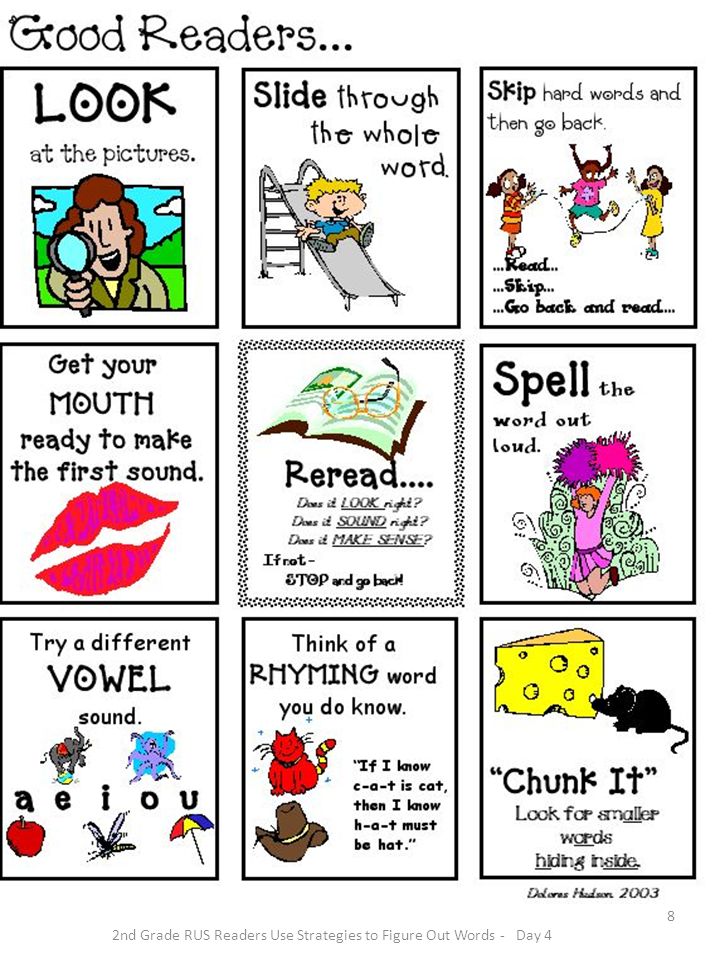 Think about what this text might be about.
Think about what this text might be about.
- Try to remember what you already know about the topic, the author, or this story.
While reading
- Reflect on what you have read after each paragraph or chapter.
Consider whether you agree with ideas, characters, or facts.
- If you do not understand the meaning of some sentences or paragraphs, write down what you do not understand. nine0003
- Write down unfamiliar words to find out their meaning after reading.
After reading
- Think about what you learned while reading.
— Write your own questions for the author.
Think about how what you read relates to your own life.
- Formulate a summary of what you have read.
- Review your notes and try to find answers to your questions through repeated reading, searching the Internet, or talking to another person. nine0003
Talk about what you read
Discussing what you read with another person provides another source of information instead of rereading the text.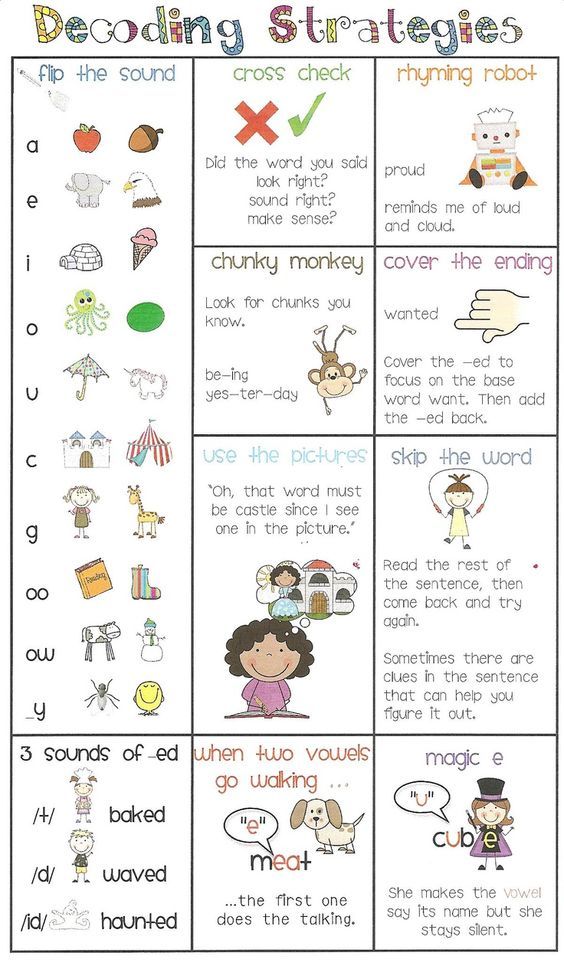 This is especially useful if you don't really enjoy reading. While talking about what you read, you will be able to ask questions that you have, this will allow you to learn more about the point of view of other people and will provide you with the opportunity to put into words what you have read, which will help you remember and understand the text better.
This is especially useful if you don't really enjoy reading. While talking about what you read, you will be able to ask questions that you have, this will allow you to learn more about the point of view of other people and will provide you with the opportunity to put into words what you have read, which will help you remember and understand the text better.
Practice reading as often as possible
The best way to improve reading comprehension is to read as much as possible. It doesn't matter what the person is reading. The more you read, the better your comprehension skills will be. Here the “Matthew effect” takes place, when “he who has will be given and will be multiplied, and what he has will be taken away from the one who does not have.” Students who enjoy reading read a lot and often, and their reading skills improve. Those who do not enjoy reading devote little time to it, as a result, their skills lag more and more behind their peers. That is why our first priority is to motivate children to read.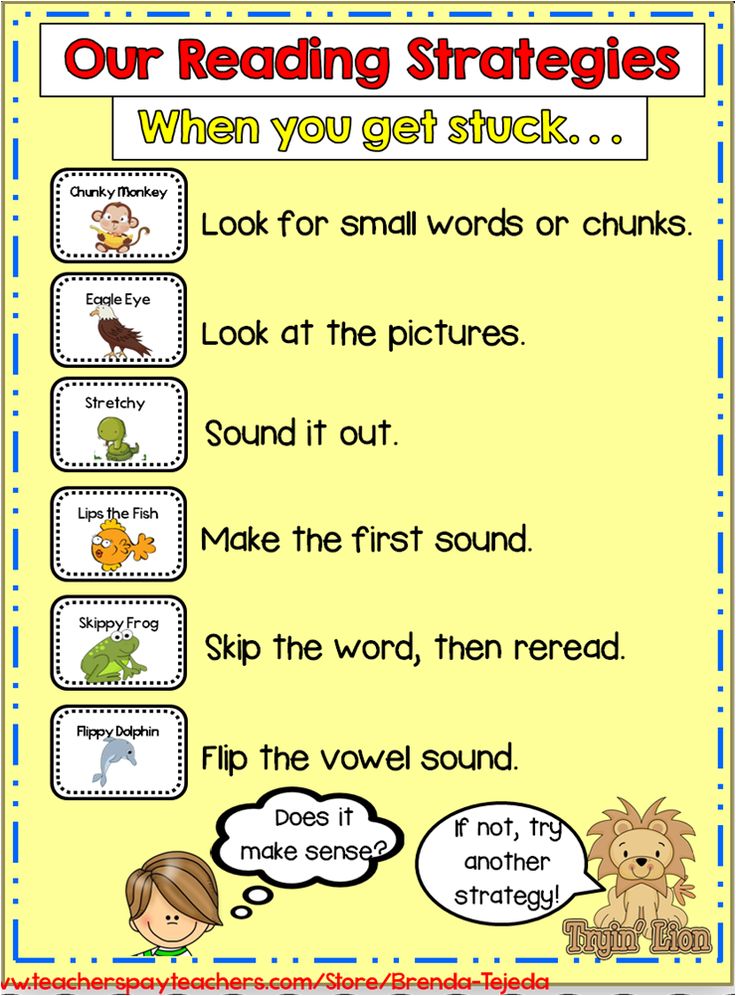 If they enjoy reading comics, sports articles, or online magazines, then encourage them to do so as often as possible. nine0003
If they enjoy reading comics, sports articles, or online magazines, then encourage them to do so as often as possible. nine0003
Take the children to the library as often as possible and let them look at any books they want. Do not try to force on children what you think they should read. We want them to read—as much as possible. And that's it. If they liked a book by a certain author, then find all the books by that author so they can pick something. If the children are interested in a topic, then find them reading material according to their interest.
Reading Motivation
The first task for the unmotivated reader is to find reading material that is directly related to what interests him outside of reading. For example, if a child enjoys watching movies, they may enjoy reading movie reviews online or in movie magazines. You may think that this is not a "real" reading, but it is not at all the case. Many people believe that the only way to develop reading skills is with books.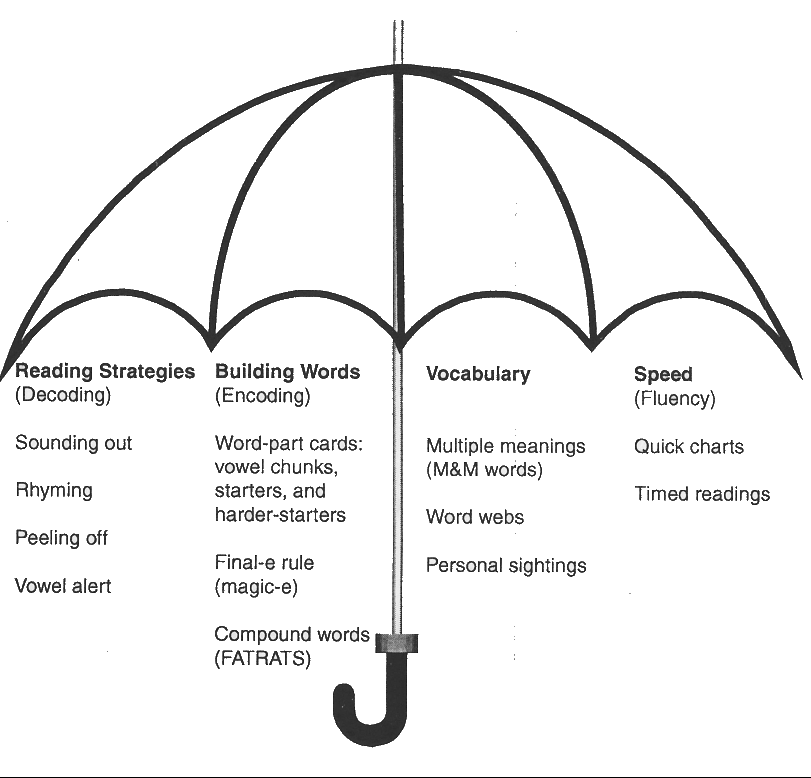 In fact, this is not necessary at all, especially in our age of the Internet. nine0003
In fact, this is not necessary at all, especially in our age of the Internet. nine0003
Also, if children read often about things they are interested in, this will help them become better readers in general, especially if they practice reading comprehension skills in parallel. After the motivation to read begins to form, you can begin to practice reading less interesting materials. That said, if the strategies to improve comprehension have already been practiced on interesting texts, it will be easier to use them while reading on boring topics.
Strategies to improve reading comprehension
Start with the strategies that seem most attractive and try them one at a time. Don't try to master every single strategy, sometimes less is more. In other words, it's best to master a few strategies to perfection, rather than practicing all the strategies without exception, which can make it unclear what to use right now. Strategies to improve reading comprehension include:
- Conversational reading: Ask questions, argue, clarify, summarize, and predict as you read.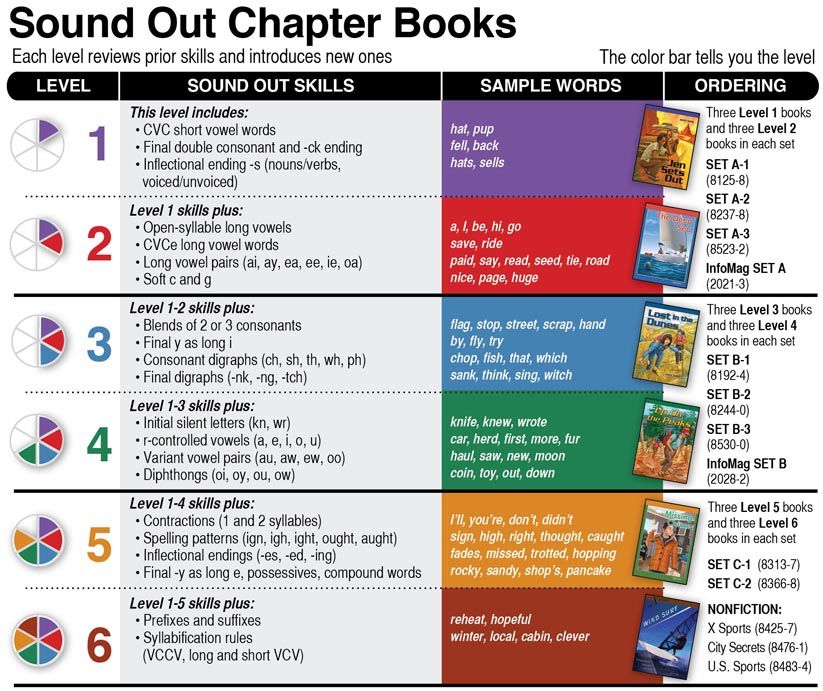 nine0003
nine0003
- Stickers: Use stickers to write words you don't understand, or write exclamation marks on them to mark sentences you like, and question marks to mark phrases or paragraphs you don't understand.
- Reading in pairs: Reading aloud with another person one paragraph at a time. Discuss what you have read with each other after each paragraph.
- Thinking out loud: As you read aloud in pairs, voice out any thoughts, questions, or misunderstandings that come to mind. For example, if a character or event reminded you of something, stop and talk about that personal association. This technique helps to remember what has been read in the future. nine0003
- Re-reading: Read the text again, trying to find answers to the questions that have arisen.
- Text connections: As you read, determine how this text relates to you, to other texts, and to the world in general.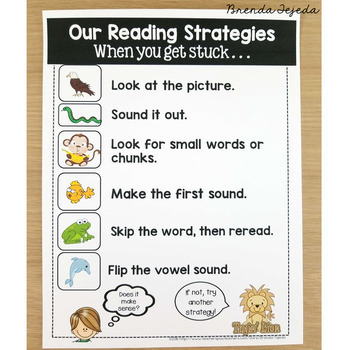 In connection with yourself, you need to think about how the read relates to you personally. In World Links, you can link text to what you already know. Finally, in text links, you can link what you've read to what you've read about before.
In connection with yourself, you need to think about how the read relates to you personally. In World Links, you can link text to what you already know. Finally, in text links, you can link what you've read to what you've read about before.
- The Three Bears Principle: When choosing a book from a library or bookstore, think about whether it is too simple or too complex. Too simple means that the reader will easily understand all the words or have already read this book many times. Too complex means that there are more than five unfamiliar words on one page or the meaning of the first page is not clear. If the book is just right, then this is a new book, where the reader may not know some of the words on the page, but in general understands what is at stake. nine0003
- Dividing the text into parts: Read only a few paragraphs or sentences at a time. Think about what you read using reading strategies before continuing.
- Visualization: While reading, always try to visualize how the characters and the scenes described look like.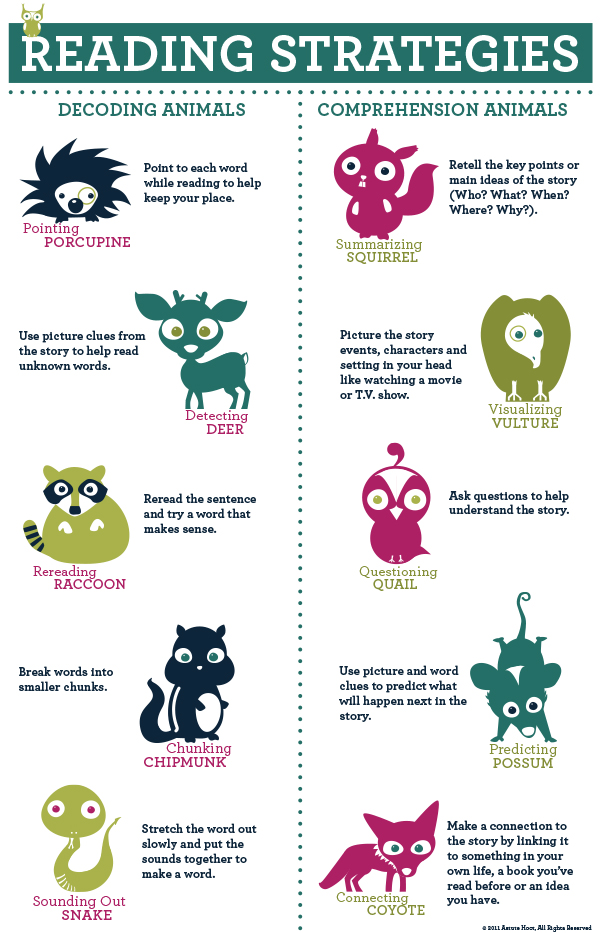
- Blogs: Check if there is any blog or forum on the Internet where this topic or book is discussed online, read what other people think about it and try to write your own opinion. nine0003
- Journaling: As you read, write down your thoughts in a special journal.
- Graphic organization: Make a chart showing your understanding before, during and after reading.
Progressive Implementation Model
If you are a parent or educator, you can use the Progressive Implementation Model to help a student with autism develop strategies for reading comprehension. First, demonstrate to the student how you yourself read using this strategy. Then use this strategy together, under your guidance. Then ask the student to apply this strategy again (in a different situation) on their own. nine0003
Make sure you discuss reading with the student and whether the strategy is helping or not. You may need to model this strategy for the student many times, or practice it many times together until it becomes a natural part of the reading process and the student can apply it completely on his own.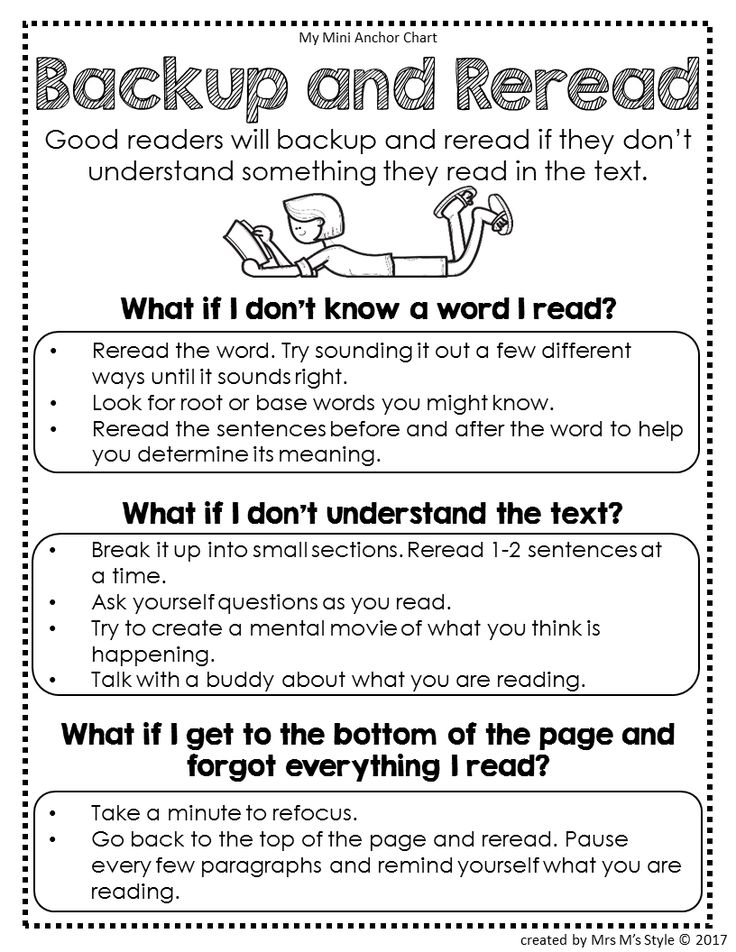
Availability of books to read
If reading skills are too low, use books on topics that are interesting to the student, but with very low reading requirements. As a rule, they have a lot of illustrations and little text. It can be children's encyclopedias and reference books. They keep the reader motivated, their topics are age-appropriate, and the reading isn't too difficult. nine0003
You should also pay attention to the following books:
- Books with many photographs and illustrations, which will greatly facilitate understanding.
- Books with fairly large letters.
- Books with a small amount of text on one page so that the amount of text on the page does not cause stress.
- Books that have titles, subtitles, clear definitions of words in the glossary. These books are the easiest to understand.
Relationship between reading and writing
You may be wondering why it is so common to write things down while working on reading comprehension.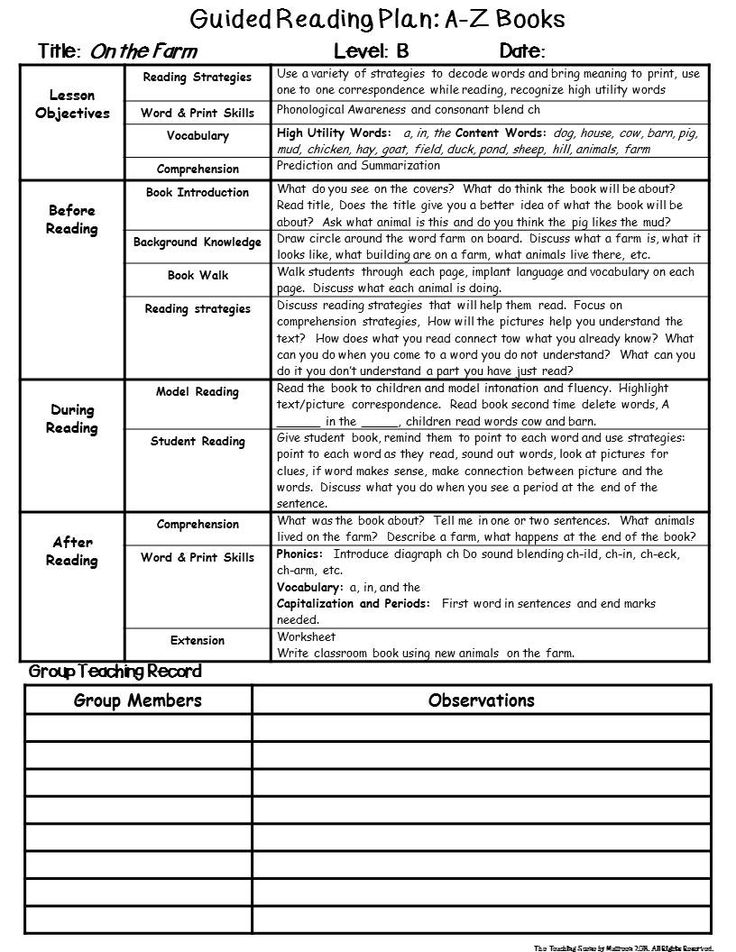 The reason is that this is another way to better understand and assimilate the material read. For example, if someone finds it difficult to speak verbally about what they have read, then keeping a diary, blogging, or graphing can help analyze what they read and update the information in memory, but without verbal dialogue.
The reason is that this is another way to better understand and assimilate the material read. For example, if someone finds it difficult to speak verbally about what they have read, then keeping a diary, blogging, or graphing can help analyze what they read and update the information in memory, but without verbal dialogue.
Closing Thoughts
The goal of all reading is to understand the text, so it is hoped that these strategies and ideas will enable you to improve your reading skills or help your child or student reach that goal. Remember that reading is a very complex individual process, and its development must be reflected in an individual educational program. nine0003
Autism in adults, Parenting children with autism, Education and training
Speech techniques
Now let's say a few words about the most common sound methods that is, the methods of obtaining information, managing parameters of the created sound signal, and methods of forming the sound signal itself.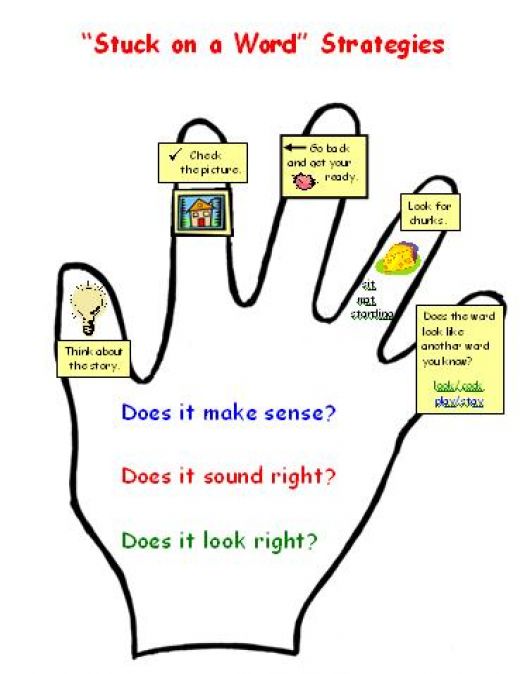 The widest separation of strategies used in voicing speech is a division into approaches that aim to build operating model of speech-producing human systems, and approaches where the task is to model an acoustic signal as such. First approach known as articulatory synthesis. The second approach appears simpler today, therefore it is much better studied and almost more successful. Inside it there are two main areas - formant synthesis according to the rules and compilation synthesis. nine0003
The widest separation of strategies used in voicing speech is a division into approaches that aim to build operating model of speech-producing human systems, and approaches where the task is to model an acoustic signal as such. First approach known as articulatory synthesis. The second approach appears simpler today, therefore it is much better studied and almost more successful. Inside it there are two main areas - formant synthesis according to the rules and compilation synthesis. nine0003
Formant synthesizers use exciting signal that passes through the digital filter built on several resonances similar to resonances vocal tract. Excitatory separation signal and transfer function of the voice tract forms the basis of the classical acoustic theory of speech formation.
Compiled synthesis is carried out by gluing necessary compilation units from the existing inventory. Based on this principle many systems using different unit types and different compilation methods inventory.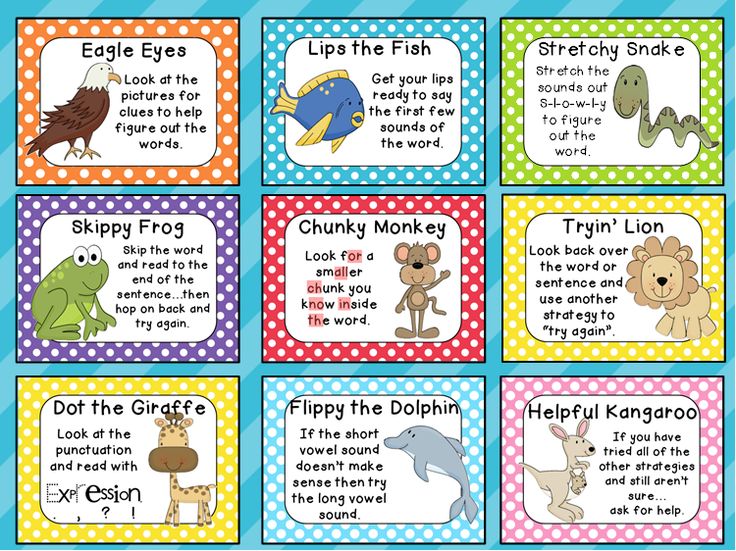 In such systems it is necessary apply signal processing to bringing the frequency of the fundamental tone, energy and duration units to those which should be characterized synthesized speech. In addition, it is required so that the signal processing algorithm smoothed the gaps in the formant (and spectral as a whole) structure on segment boundaries. In systems Compiled synthesis applied two different types of processing algorithms signal: LP (abbr. English Linear reduction - linear prediction) and РSOLA (abbr. English. Pitch Sunchronous Overlap and Add). LP synthesis based pretty much on acoustic theory of speech formation, in contrast to PSOLA synthesis, which acts by simple splitting of a sound wave, constituting a compilation unit, time windows and their transformations. PSOLA algorithms allow you to achieve good conservation of nature sound when modifying the original sound wave. nine0003
In such systems it is necessary apply signal processing to bringing the frequency of the fundamental tone, energy and duration units to those which should be characterized synthesized speech. In addition, it is required so that the signal processing algorithm smoothed the gaps in the formant (and spectral as a whole) structure on segment boundaries. In systems Compiled synthesis applied two different types of processing algorithms signal: LP (abbr. English Linear reduction - linear prediction) and РSOLA (abbr. English. Pitch Sunchronous Overlap and Add). LP synthesis based pretty much on acoustic theory of speech formation, in contrast to PSOLA synthesis, which acts by simple splitting of a sound wave, constituting a compilation unit, time windows and their transformations. PSOLA algorithms allow you to achieve good conservation of nature sound when modifying the original sound wave. nine0003
Most common synthesis systems speeches for today are obviously systems supplied with sound cards.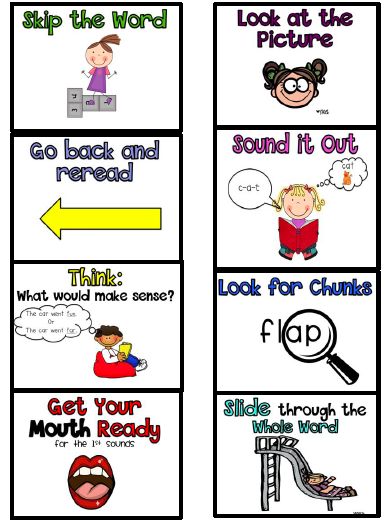 If your computer equipped with any of them, there is a significant likelihood that it has a speech synthesis system installed - alas, not Russian, but English speech, more precisely, its American version. To most original sound cards Sound Blaster included creative system Tech-Assist, along with sound cards often supplied by other manufacturers First Byte's Monogue program. nine0003
If your computer equipped with any of them, there is a significant likelihood that it has a speech synthesis system installed - alas, not Russian, but English speech, more precisely, its American version. To most original sound cards Sound Blaster included creative system Tech-Assist, along with sound cards often supplied by other manufacturers First Byte's Monogue program. nine0003
Text Assist is an implementation of the formant synthesizer according to the rules and is based on the DECTalk system developed by the corporation Digital Equipment featuring renowned American phonetician Dennis Klan (Unfortunately, he passed away early). DECTalk is still a kind of quality standard for speech synthesis American version of English. Creative Technologies offers developers to use TechtAssist in their programs with the help of a special TechtAssistApi(AAPI). Supported operating systems - MS Windows and Windows 9five; for Windws NT there is also a version of the system DESTalk, originally created for Digital units.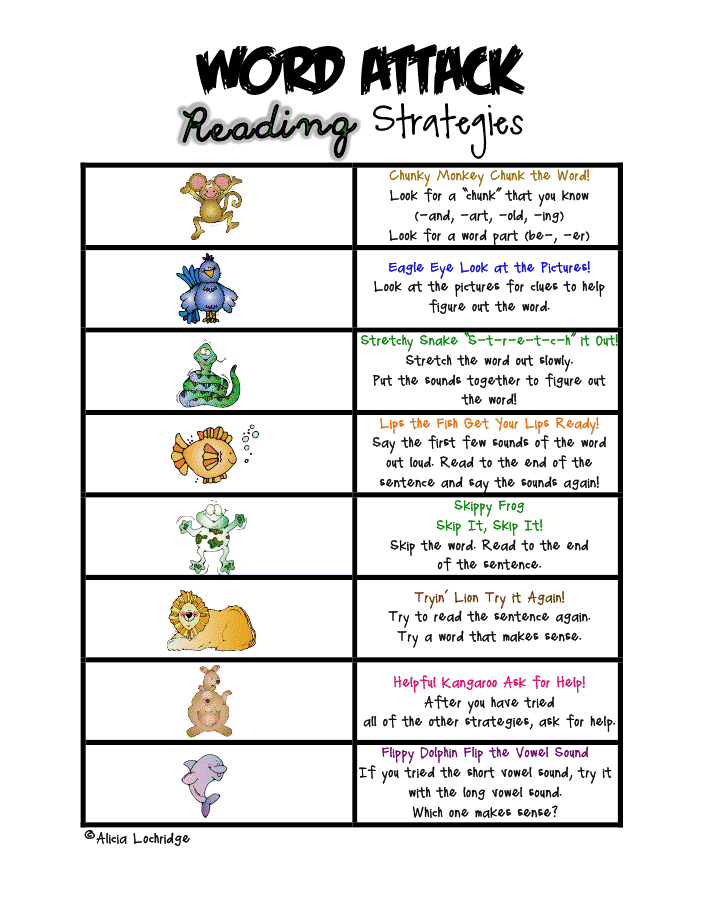 New version of TechAssist announced by Associative Computing, inc. and developed using DEST-1k technologies and Creative, is at the same time multilingual synthesis system, supporting English, German, Spanish and French. This is provided primarily using appropriate linguistic modules, developer of which - Lernout & Hauspie Speesh Products, a recognized leader in support multilingual speech technologies. AT the new version will have a built-in editor vocabulary, as well as specialized TechReader device with push-button synthesizer control different reading modes. nine0003
New version of TechAssist announced by Associative Computing, inc. and developed using DEST-1k technologies and Creative, is at the same time multilingual synthesis system, supporting English, German, Spanish and French. This is provided primarily using appropriate linguistic modules, developer of which - Lernout & Hauspie Speesh Products, a recognized leader in support multilingual speech technologies. AT the new version will have a built-in editor vocabulary, as well as specialized TechReader device with push-button synthesizer control different reading modes. nine0003
Program Monogue designed for sound text on the clipboard MS Windows uses the ProVoice system. ProVoice is a compilation synthesizer with using optimal choice speech compression mode and storage border areas between sounds, variety of TD-PS0LA. Designed for american and british english, German, French, Latin American variety of Spanish and Italian languages. Compilation Segment Inventory - mixed dimension: segments - phonemes or allophones.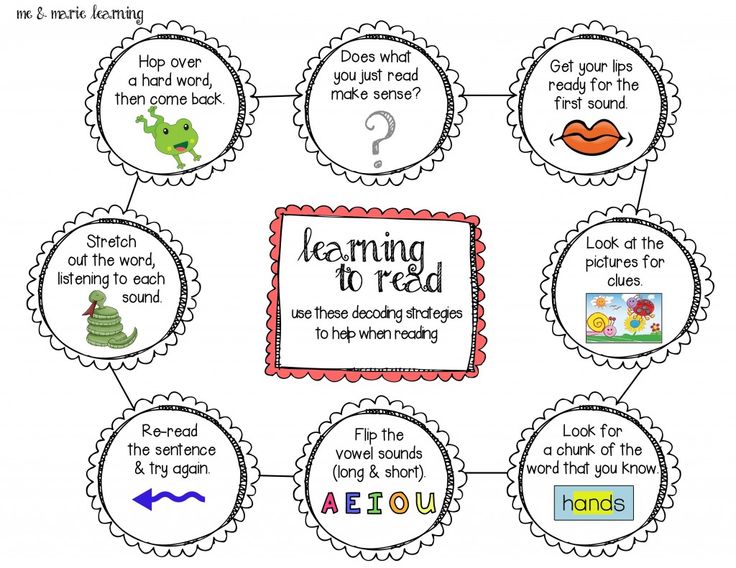 First Bute Company positions the ProVoice system and software products based on it as applications with low CPU consumption time. FirstByte also offers designed for powerful computers PrimoVox articulatory synthesis system for use in applications telephony. For Developers: Monogue Win32 supports the Microsoft specification SAPI. nine0003
First Bute Company positions the ProVoice system and software products based on it as applications with low CPU consumption time. FirstByte also offers designed for powerful computers PrimoVox articulatory synthesis system for use in applications telephony. For Developers: Monogue Win32 supports the Microsoft specification SAPI. nine0003
Fashion on freely distributed products did not pass the field of applications of synthesis speech. МВR0LA - this is the name of the system multilingual synthesis, realizing a special hybrid algorithm for compiling synthesis and working as under PC / Windows 3.1, PC/Windows 95, and under Sun4. However, the system accepts a string of phonemes as input, not text, and therefore is not strictly speaking, a text-to-speech system. Tru-Voice formant synthesizer Сentigram Communication Сorporation (USA) is close to the systems described above by architecture and opportunities provided, however it supports more languages: american English, Latin American, Spanish, German, French, Italian.